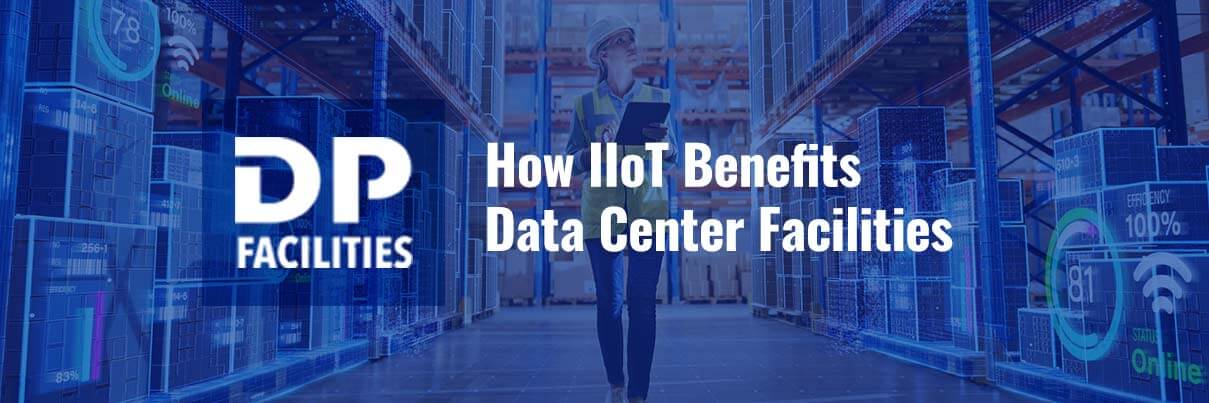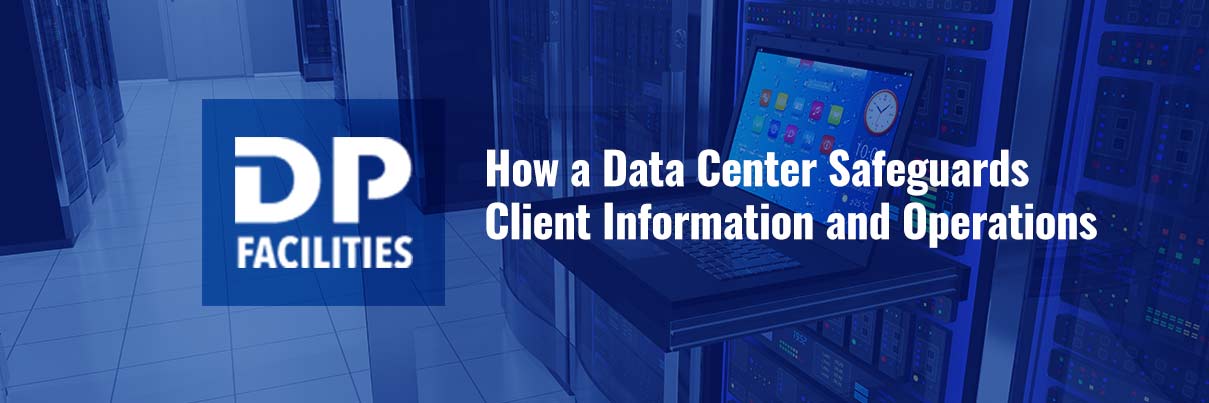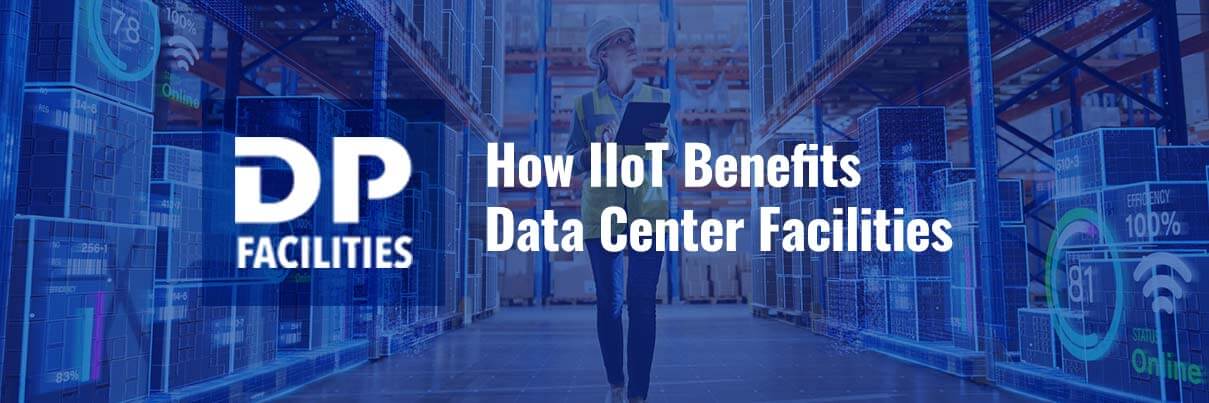
The ever-increasing amount of data being stored, processed, and transmitted through data centers is only going to increase. This increase will not only impact today’s data center services but will also require facility infrastructure enhancements to ensure seamless, smooth, and uninterrupted operations.
That’s where the Industrial Internet of Things (IIoT), or smart sensors, come into strategic play. The IIoT technology can help data centers enhance their operations. Specifically, sensors can detect interruptions in data flow (critical for financial sector customers) and regulate storage requirements (essential for online platforms like Amazon and Google).
More specifically, with increasing client requirements and more amounts of data being processed, centers are bigger and more complex. With such changes comes a need for optimized data center infrastructure management. For many in the sector, automation of critical services is the only way forward.
For data center operators, it’s all about running the most efficient facility possible. Automation brought forth by the inclusion of IIoT technology helps a data center effectively execute routine tasks such as monitoring the building, updating software, regulating utilities, and scheduling facility processes. Installing smart technology into a data center infrastructure can cut down on overhead costs and avoid downtimes by routinely and systematically identifying operational inefficiencies. This is because, unlike humans, machines are able to assess issues more quickly and consistently and, in some cases, automatically resolve them.
Climate and Power Control
IIoT sensors can be installed throughout a facility to help regulate climate and utility usage. These sensors measure energy consumption and track temperature enabling the optimal usage of the facility’s HVAC system. Instead of always-on climate control, temperature regulation can occur at certain times of the day when most needed throughout the center, or even automatically turned on or off in certain parts of the facility.
Because the information is collected and analyzed in real time, operators have greater insight into usage patterns, such as when electricity is spiking. This in turn provides more efficient control over the facility’s utilities. In doing so, operational budgets can be streamlined or shifted to better manage costs.
Server Optimization
There are additional advantages IIoT technology can bring to a data center that have direct customer benefits. One such example focuses on the facility’s servers. Today’s sensors can be used to monitor server performance—not just on routine rounds as handled by a worker during a shift—but automatically and continuously. This can help managers be proactive, instead of reactive when components fail, or equipment requires servicing.
The data gathered can identify trends and alert personnel to issues before they become catastrophic. By tracking performance across an entire bank of servers, operators can more strategically disseminate workloads to support demand periods. Furthermore, IIoT sensors can monitor network congestion and provide real-time alerts for troubleshooting. Through this automation, severe outages can be avoided and recovery times can be shortened.
Incorporating IIoT technology provides greater control over routine operational tasks and streamlines data center managers jobs. In addition, IIoT sensors with their smart technology will proliferate in the data centers of tomorrow because of their inherent ability to make facility operations more efficient.


